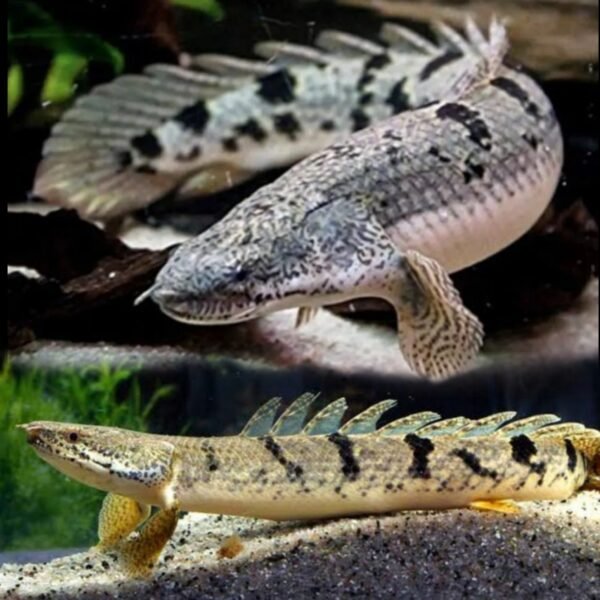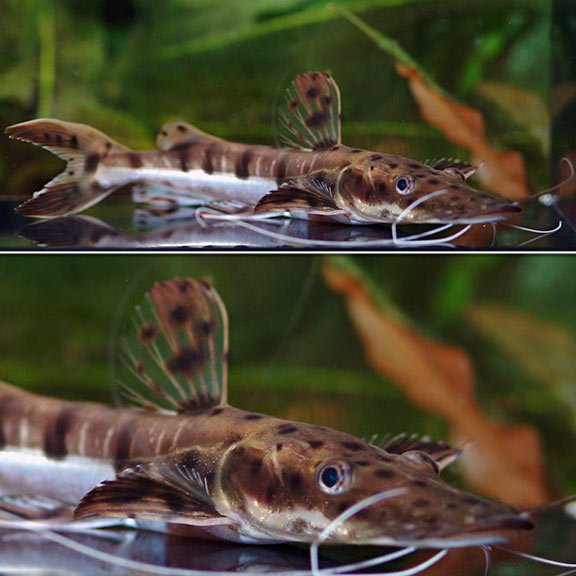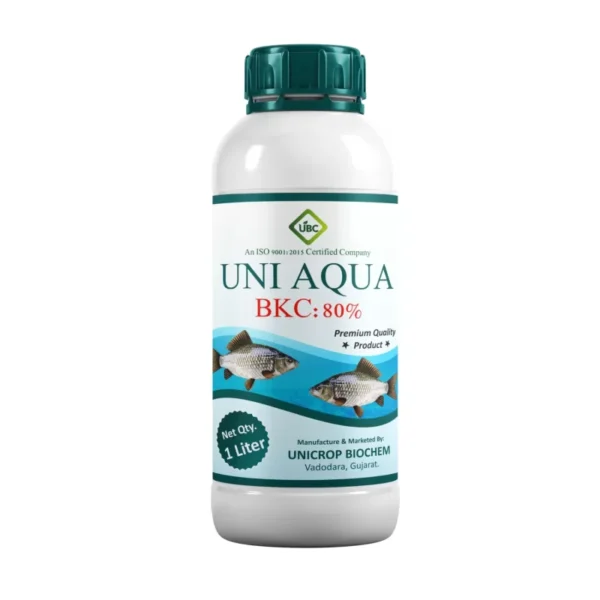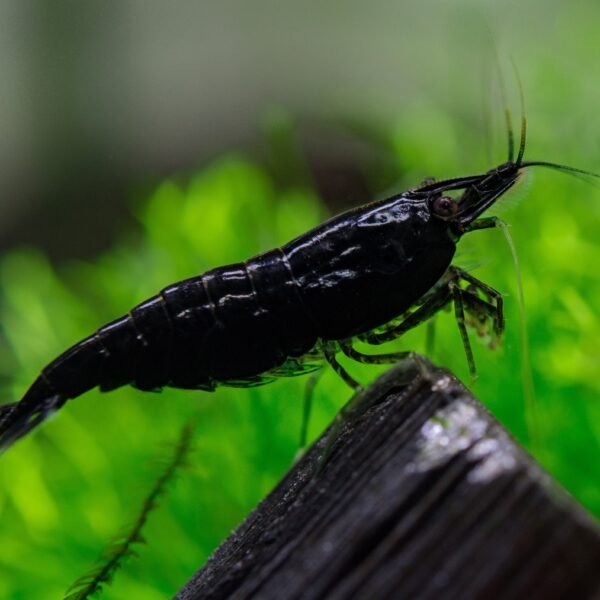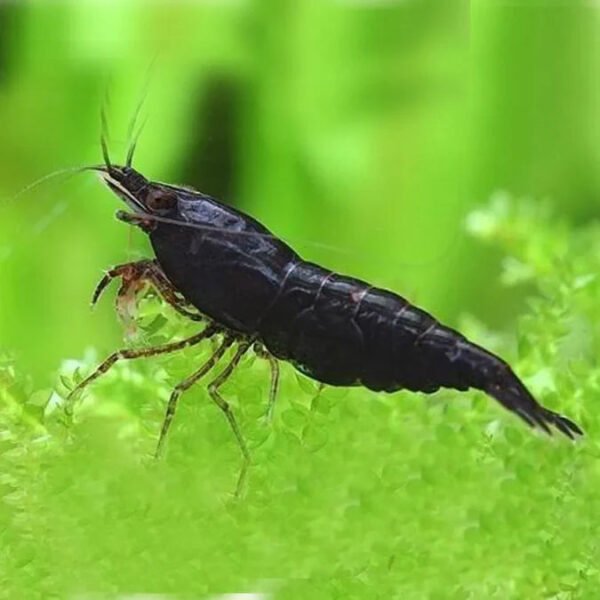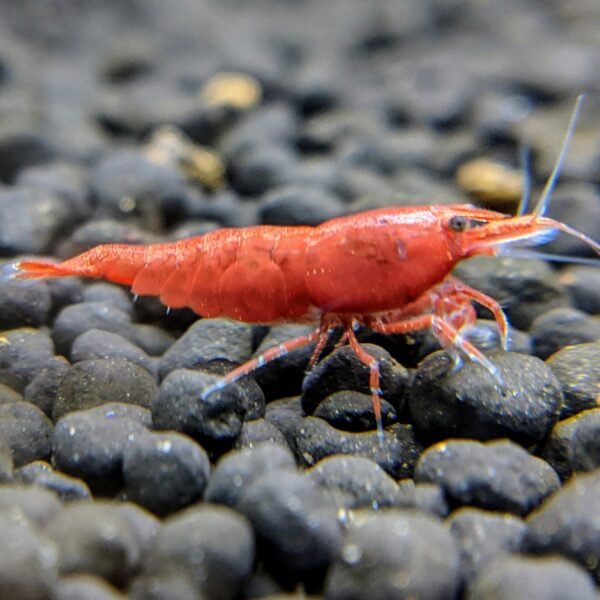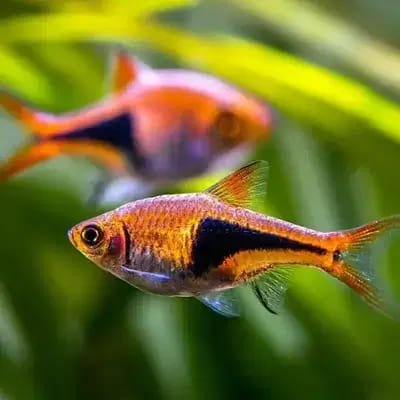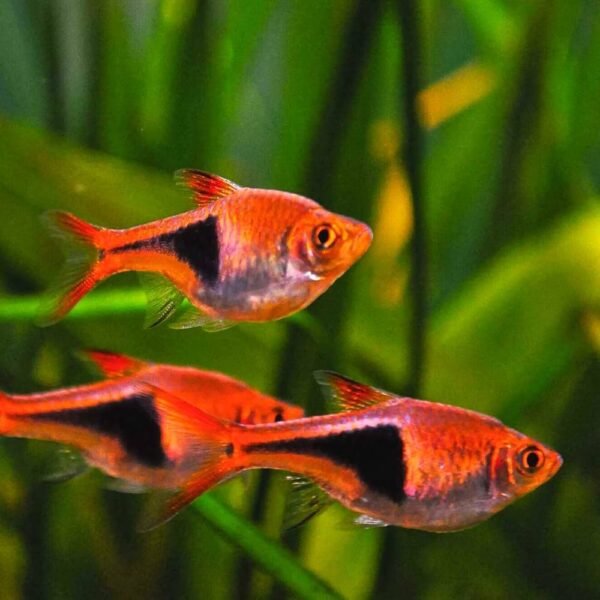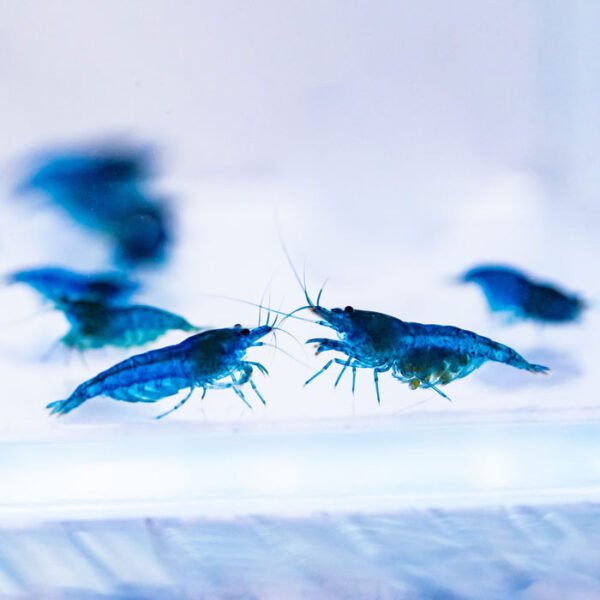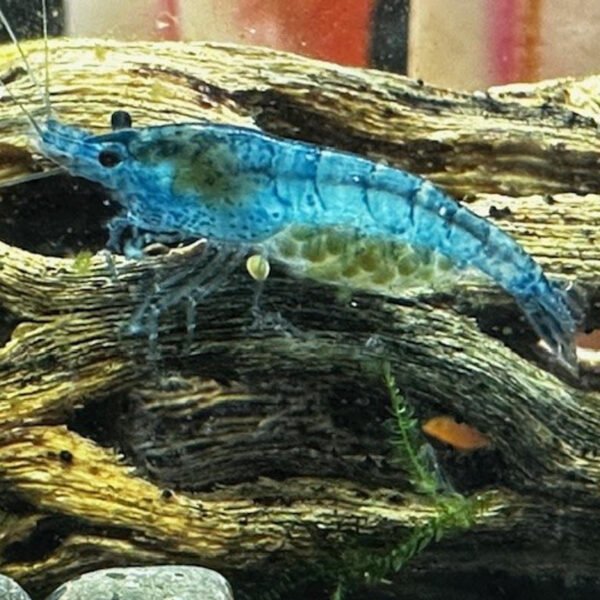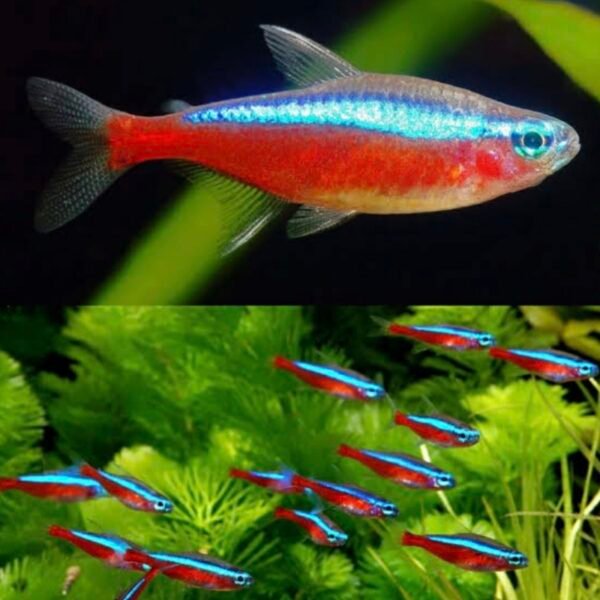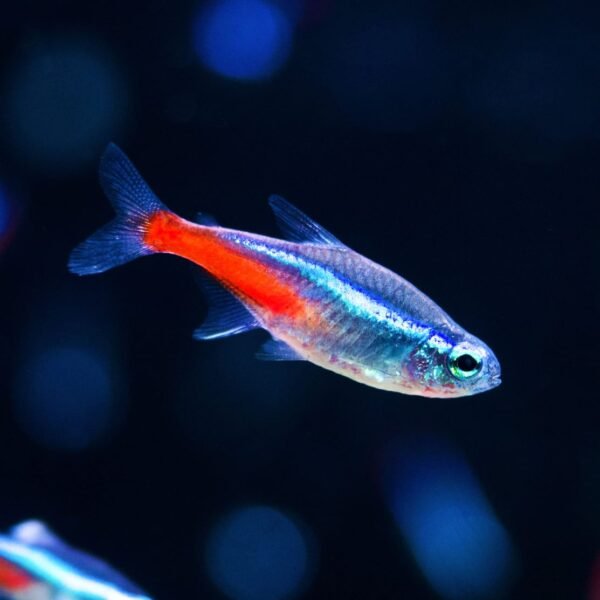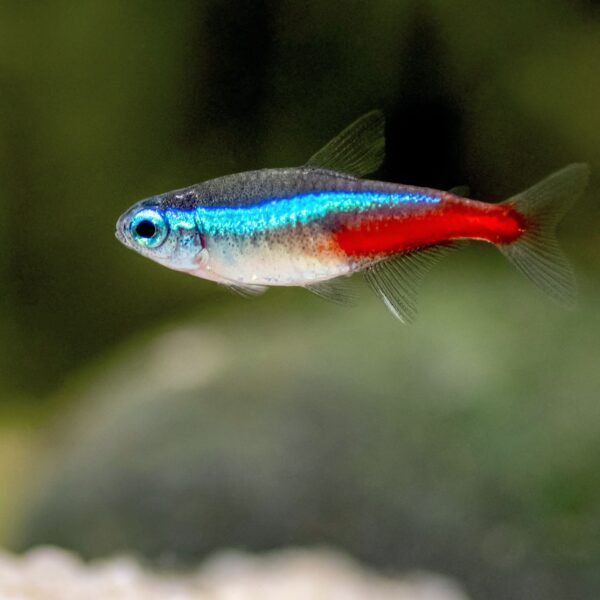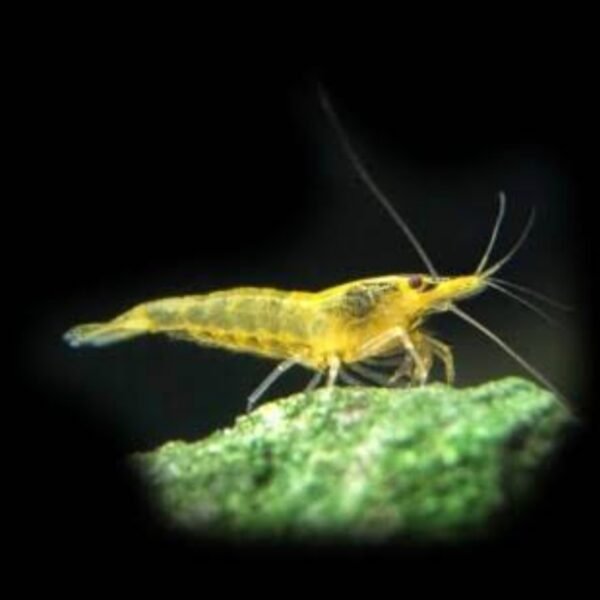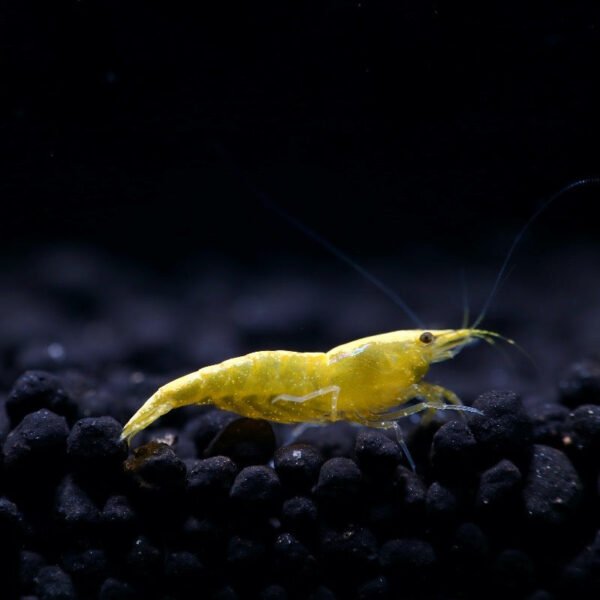Description
Red Tail Catfish (Phractocephalus hemioliopterus)
📌 Basic Info
-
Scientific Name: Phractocephalus hemioliopterus
-
Common Name: Red Tail Catfish / RTC
-
Size: Up to 4–5 feet (120–150 cm) in the wild, 3–4 feet in aquariums
-
Lifespan: 15 – 20 years
-
Tank Zone: Bottom (sometimes mid when active)
🌊 Water Parameters
-
TDS (Total Dissolved Solids): 150 – 300 ppm
-
pH: 6.0 – 7.5
-
Temperature: 22°C – 28°C (72°F – 82°F)
-
Water Type: Freshwater, soft to moderately hard
-
Hardness: GH 4 – 12, KH 2 – 6
🐟 Characteristics
-
Recognized by its black body, white underside, and bright red/orange tail.
-
Very fast-growing → requires a huge tank or pond.
-
Powerful predator – will eat anything that fits in its mouth.
-
Hardy but needs strong filtration due to heavy waste production.
🍽️ Food
-
Type: Carnivorous
-
Diet: Fish fillets, shrimp, prawns, earthworms, sinking carnivore pellets, mussels.
-
Feeding Frequency: Juveniles daily; adults 3–4 times per week.
🛠️ Maintenance
-
Tank Size: Minimum 1,000 gallons (pond-size tank for adults).
-
Weekly water change: 20–30%.
-
Strong external or sump filtration → produces a lot of waste.
-
Sand or smooth substrate, large hiding areas with driftwood or rocks.
-
Very secure lid – strong and fast swimmer.
👥 Social Behavior
-
Minimum Group Size: Best kept singly (very territorial with other RTCs).
-
Tank Mates: Only other giant fish (arowana, pacu, giant gourami, pangasius, big catfish).
-
Avoid: Small or medium fish, shrimp, or invertebrates – will be eaten.
✅ Do’s
-
Keep in a very large tank or pond.
-
Provide powerful filtration and aeration.
-
Feed high-protein, varied diet.
-
Handle with care – strong jaws and spines.
❌ Don’ts
-
Don’t keep with small/medium tank mates.
-
Don’t keep in small aquariums (they outgrow tanks very fast).
-
Don’t overfeed fatty foods like beef heart or chicken.
-
Don’t house multiple RTCs in one tank.
⭐ Quick Tips
-
Popular monster fish for advanced aquarists.
-
Not suitable for beginners due to size and feeding needs.
-
Beautiful but requires a huge long-term commitment

